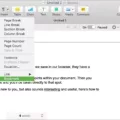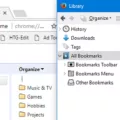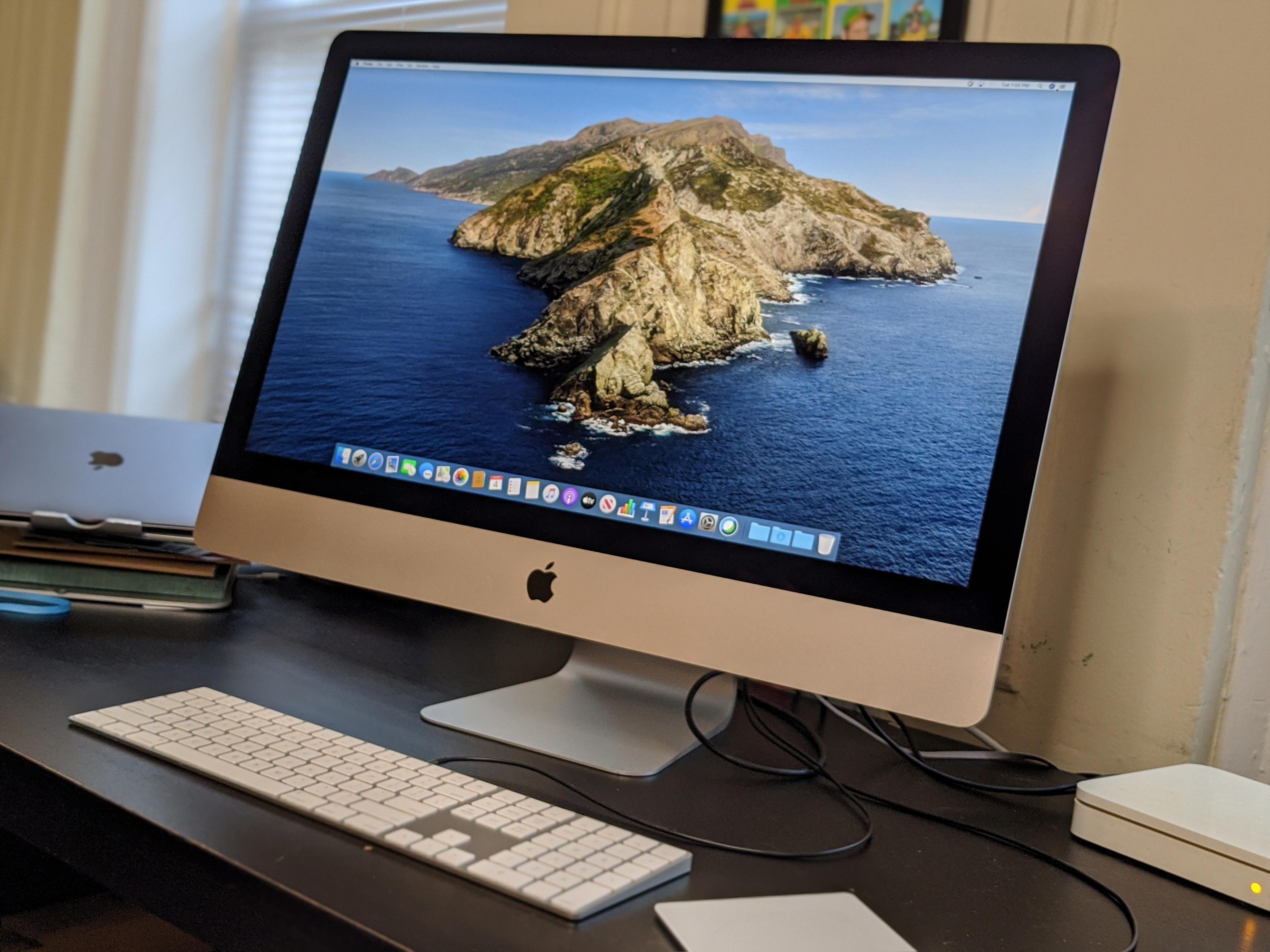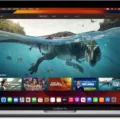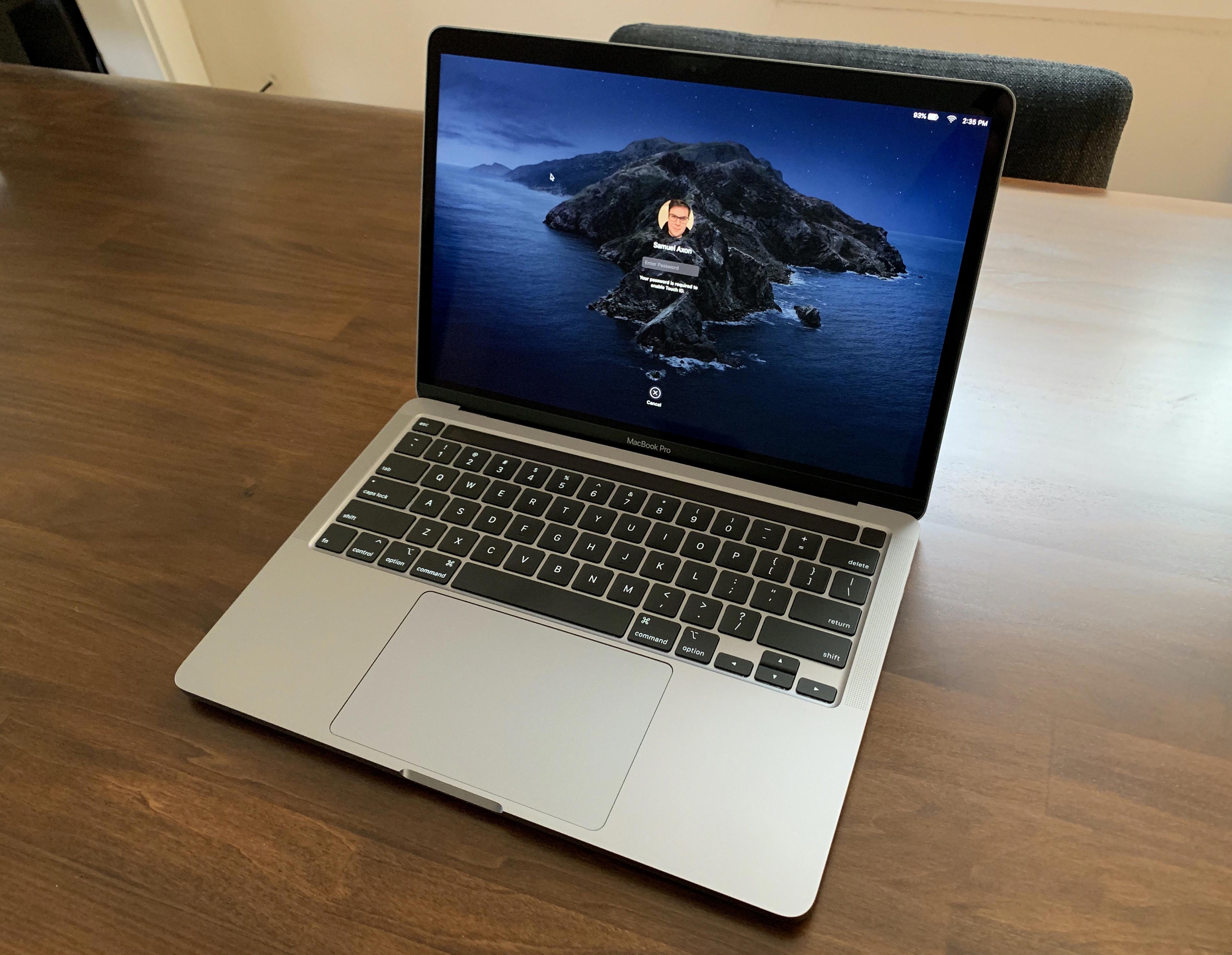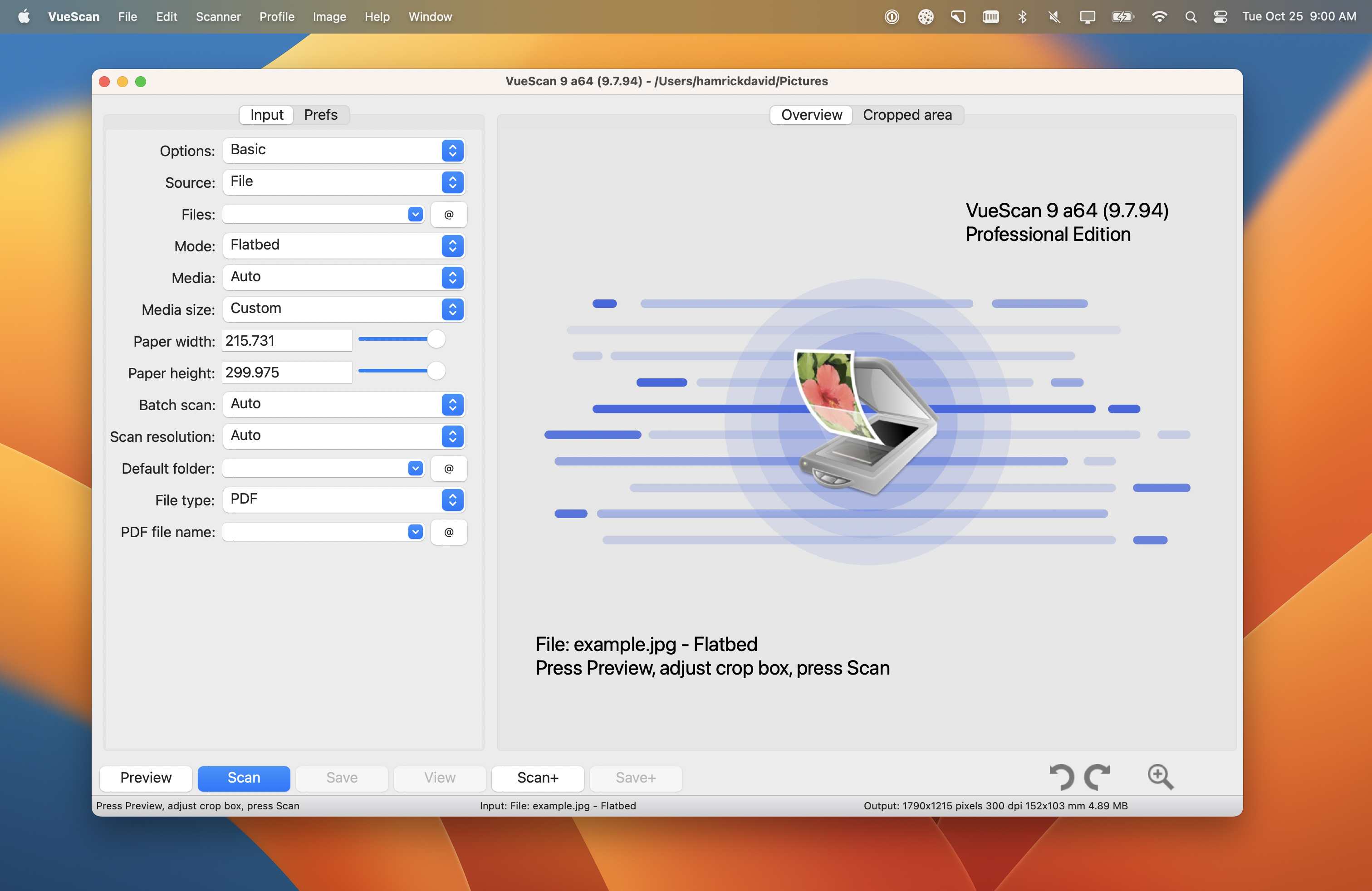Are you looking for a way to restart your Mac from an external drive? Restarting your Mac from an external drive can be very useful in certain situations. Whether it’s for troubleshooting, data recovery, or just upgrading the operating system on your Mac, restarting from an external drive can come in handy. In this blog post, we’ll explain how to do it and provide some tips and tricks along the way.
To restart your Mac from an external drive, you will first need to attach the external drive properly. Make sure it is securely connected, with all cables securely plugged in. Once that is done, restart your Mac and hold down the Option key on Intel machines or the Power button on Apple Silicon computers. After a short delay, you should see a list of available drives including both internal and external ones. Select the external drive and hit Enter to continue booting.
If you are using a PC instead of a Mac computer, you should look for a prompt that says “Press XX to Enter Setup” or “Press XX to Enter BIOS” when booting up your computer. This message should appear on the first screen while booting and tells you the key combination (where “XX” appears above) required to enter BIOS setup so that you can select which device should be used as the primary boot option.
Once you have selected the appropriate device as your primary boot option, save any changes and reboot your computer again. You should now be able to successfully boot into your desired operating system on the external drive.
One thing to keep in mind is that if you are using an older iMac or Mac Mini system that came with either a hard disk drive or low-capacity SSD, then these systems may not support an external SSD as their primary boot option due to hardware limitations. In this case, you may need to upgrade some hardware components before attempting to restart from an external SSD.
We hope this blog post has helped guide you through setting up your Mac or PC to be able to restart from an external drive! If there are any other questions about this process please feel free to reach out for assistance!
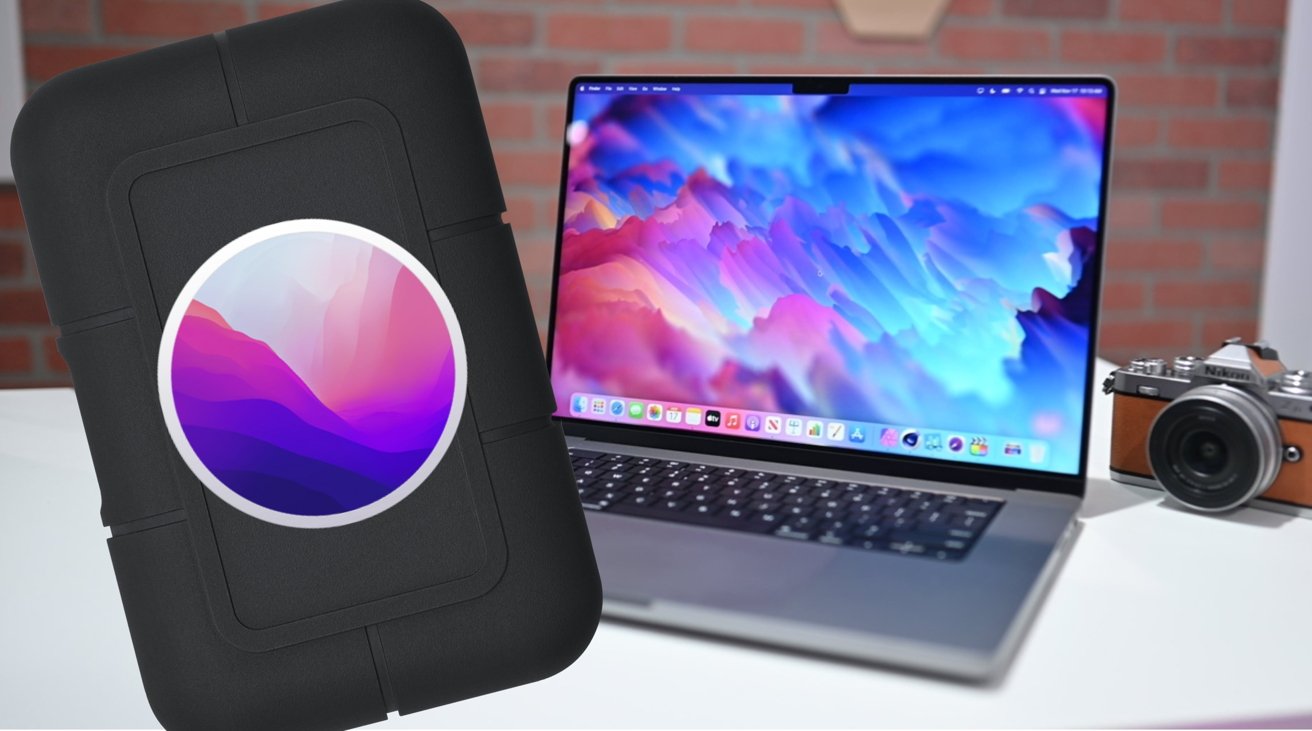
Restarting a Mac From an External Hard Drive
To restart your Mac from an external hard drive, you will need to first connect the external hard drive to your Mac. Once it is connected and powered on, restart your Mac and hold down the Option key on Intel machines, or hold down the Power button on Apple Silicon computers. After a short delay, you’ll see a list of available drives on your screen, including both internal and external drives. Select the external drive by using the arrow keys or clicking on it with your mouse, then hit Enter to continue booting.
Booting From an External Hard Drive
Booting from an external hard drive is a relatively straightforward process. First, you will need to attach the external hard drive to your computer. Next, restart your computer and look for a prompt on the first screen that says “Press XX to Enter Setup” or “Press XX to Enter BIOS.” The key combination (where “XX” appears above) that you need to press in order to enter the BIOS will be displayed on this prompt.
Once you are in the BIOS menu, locate the Boot tab and ensure that the external hard drive is set as the primary boot device. If it is not set as the primary boot device, use your arrow keys to navigate through the list of available devices and select your external hard drive as the primary boot device by pressing Enter. After selecting your external hard drive, press F10 or Esc (depending on your BIOS version) to save and exit from setup mode. Your computer should now reboot with the external hard drive as its main boot source.
Troubleshooting Mac Boot Issues From an External Drive
There could be a few reasons why your Mac won’t boot from an external drive. First, you may need to enable booting from an external drive on your Mac. To do this, pull down the Utilities menu and choose “Startup Security Utility”. Under the External Boot section, check the box for “Allow booting from external media” and reboot the Mac again.
Next, you should ensure that the external drive you are trying to boot from is formatted correctly. If it is not, then your Mac will not recognize it as a valid boot drive. Additionally, make sure that the operating system or program you are trying to run is compatible with your Mac’s hardware and software requirements.
Finally, if none of these solutions work you could have a hardware issue with either your internal or external drive. It may be best to consult a professional for further diagnosis and repair of your machine.
Booting an iMac from an External SSD
Yes, you can boot your iMac from an external SSD. However, depending on the model of your iMac, it can be difficult to upgrade to an external SSD. If you have an older iMac or Mac Mini system, it likely came with a slower hard disk drive or a low-capacity SSD. To boot from an external SSD, you will need to ensure that your iMac has a compatible port for the SSD and that your operating system is compatible with the external storage device. Once these requirements have been met, you can connect the external SSD to your iMac and configure it as the boot drive for your computer.
Conclusion
In conclusion, booting from an external drive is a useful and practical tool for any Mac or PC user. It allows you to quickly and easily upgrade your system with a faster, more reliable storage option like an SSD, as well as install operating systems or use a recovery disk in the event of a crash. Additionally, it’s often easier to use than internal storage solutions and can be used with multiple computers. With all its benefits, using an external drive is a great way to extend your computer’s capabilities and ensure maximum performance.

